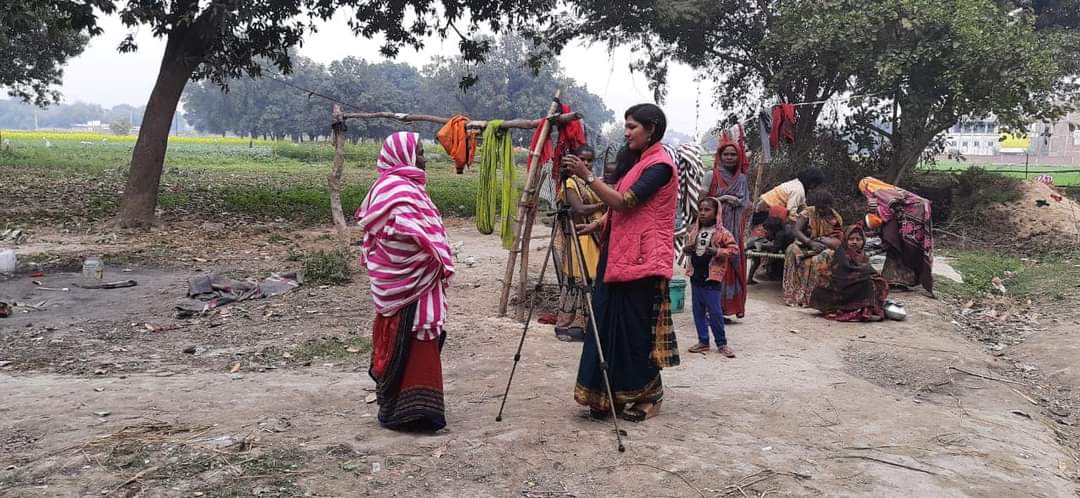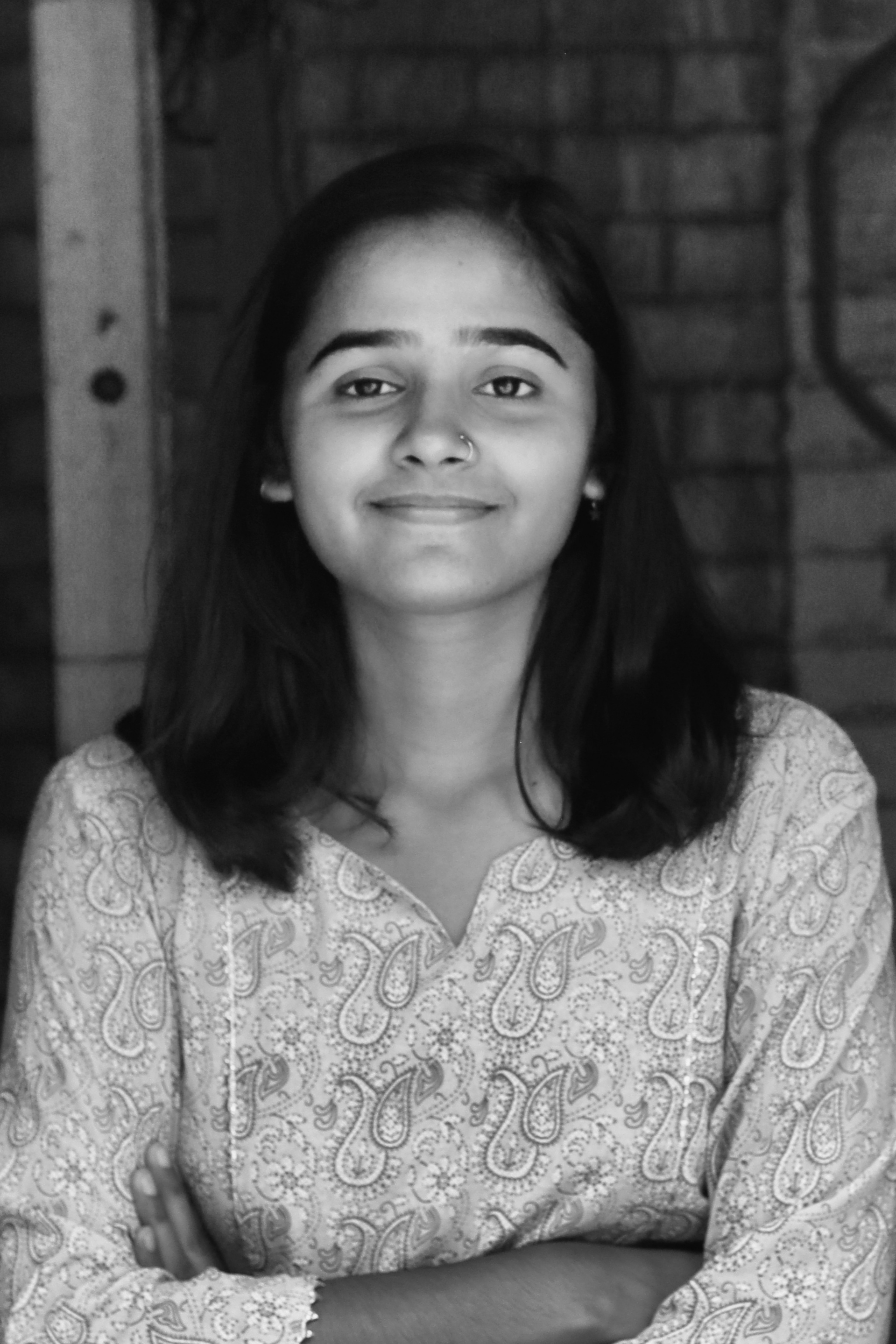Video creators like Rohini Pawar and Shabnam Begum have transcended societal challenges by producing influential videos with Video Volunteers, highlighting social issues within marginalized communities. Their work exemplifies the transformative power of storytelling in fostering grassroots change and empowerment across India.
Married at the age of 15, Rohini Pawar's dream of becoming a doctor seemed all but shattered. Like millions of other women in India, she was barred from continuing her education and thrust into a life of household chores at a tender age.
Though stuck in crippling poverty and patriarchy, a determined Pawar would just not accept her fate. While working as a farm labourer in her village in the Pune district of western India’s Maharashtra, she would often sneak into women’s gatherings, much to her in-laws’ dislike. “I was always passionate about gender-related issues in the village and wanted to bring them out. Little did I know that this would make me a storyteller one day,” Pawar (36) gleefully said.
Pawar is among 248 community video creators from India’s most marginalised groups who are documenting the tales and travails of the country’s socially and financially weakest people, the majority of them living in the countryside. This network of video creators is part of Video Volunteers, a community video project founded in 2003 by filmmakers Stalin K. and Jessica Mayberry.
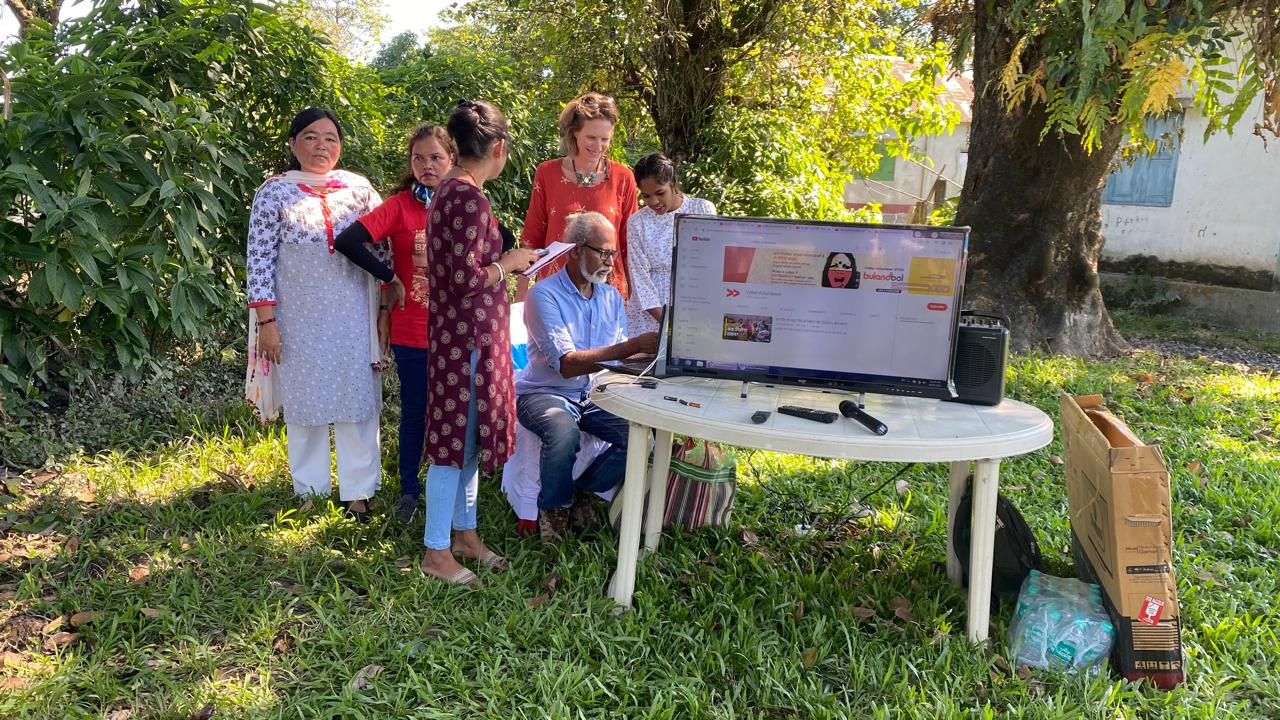
“It was like any other day when I got to know that some filmmakers were looking for people who have an understanding of social issues, and the selection criterion was to make a short video,” Pawar said, recalling that she instantly decided to apply for it seemed like a second opportunity life had thrown at her.
But there were hurdles, obviously.
“I neither had a camera nor knew how to make a video. But I knew the issue I wanted to report on,” she added. Keeping it discreet from her husband and family, Pawar borrowed a phone and made a short video on child marriage, of which she herself was a victim. “I travelled to a nearby town for four hours only to submit the video. And much to my surprise, I got selected,” Pawar told Al-Jazeera Journalism Review.
For over 15 years, Pawar has been creating videos using portable Panasonic cameras and has contributed over 300 videos on a myriad of issues, including gender, health, education, and social justice. She has also become proficient in editing software like Adobe Premiere Pro while working with computers, and she has also picked up some basic English at work.
Shabnam Begum (32) from Cholapur block in Varanasi, India’s spiritual capital, has a similar story to Pawar’s. However, her identity as a Muslim woman made her experiences with oppression distinctly different.
“At home, I was constantly reminded that I am a woman. Outside, I was made aware that I am a Muslim woman,” Begum told Al-Jazeera Journalism Review, adding, “I always questioned the oppressive social structure we live in. But I didn’t know how to address them because there was no platform for people like me. But Video Volunteers changed it for me.”
No Space For the Marginalised in the Media Landscape
India, the world’s most populous nation and the largest democracy, had about 833 million people living in villages, according to the 2011 Census. However, critics argue that the country’s vibrant and extremely diverse press often overlooks rural issues, creating a significant information and representational void in these regions.
Despite having over 400 news channels and tens of thousands of newspapers in multiple Indian languages, much of the media is controlled by large corporations and heavily reliant on both private and government advertising for funding.

“Most of the Indian press is based in cities and tends to present a cosmopolitan outlook in their coverage,” said Saeed Naqvi, a senior journalist based in New Delhi. “However, they are completely out of touch with rural realities. There is a significant gap in the coverage of rural and urban issues, as well as the issues affecting the minority population in the country,” Naqvi added.
The story is the same for socially marginalised communities. A report released in October 2022 by Oxfam and the Indian digital news outlet, Newslaundry, revealed the stark underrepresentation of Dalits, who remain at the lowest rung of India’s social hierarchy, in the country’s newsrooms.
According to the report, in 2019, nearly 88% of leadership positions in the Indian media were held by journalists belonging to higher caste groups, despite these groups making up less than 20% of the total population. Presently, more than half of all anchors and panellists on Hindi and English primetime shows come from ‘higher’ caste backgrounds. At the same time, there is a complete absence of anchors from the marginalised SC (Scheduled Caste) and ST (Scheduled Tribe) communities.
Additionally, less than 5% of articles in digital media are authored by individuals from SC/ST categories.
“We are inherently unequal as a society, and the media must actively work towards fostering justice,” Naqvi told Al-Jazeera Journalism Review. “Sadly, in current times, the media has become a tool to neutralise caste and religion-based discrimination, thereby not becoming a medium of change but rather complicit in the oppression of the marginalised,” Naqvi added.
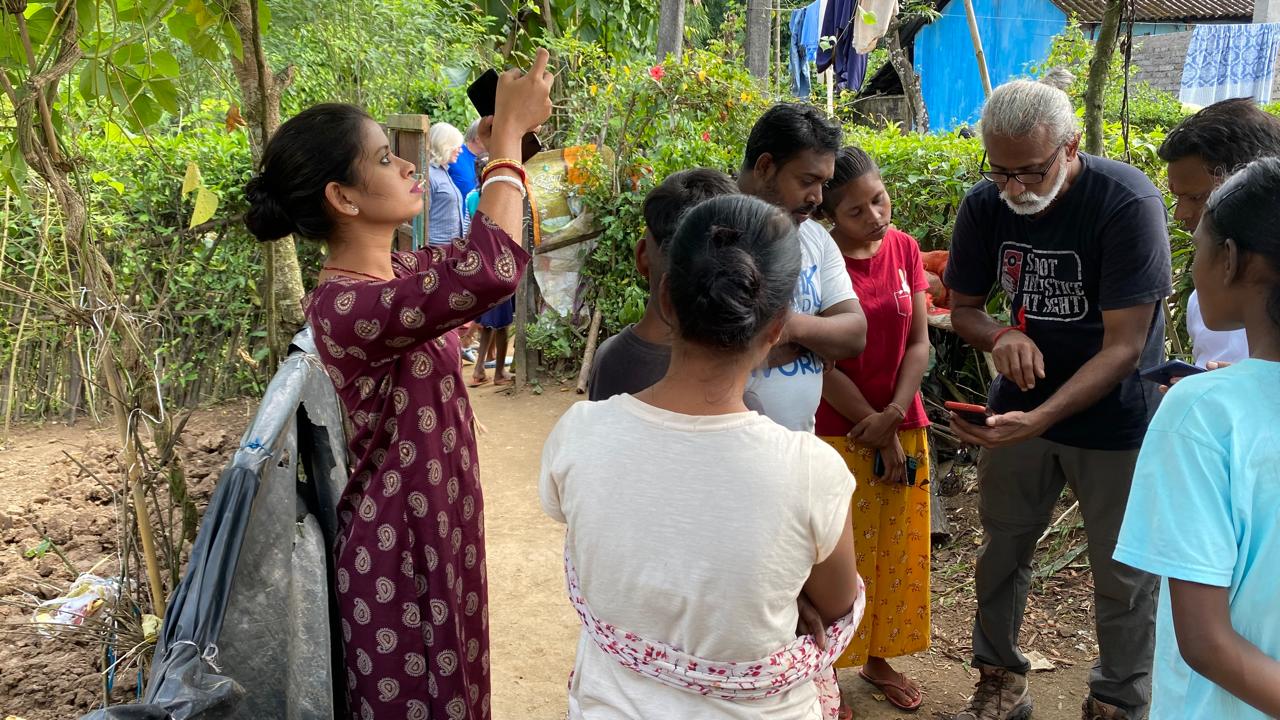
As the mainstream Indian media continues to remain shrouded in its unfair and unequal coverage, members at Video Volunteers say they have taken it upon themselves to report on the pressing issues that plague their villages and community members in India’s impoverished and underreported regions.
“There is no dearth of stories from rural India. You just need to have the heart to listen to them,” Stalin K, co-founder of Video Volunteers said. “Therefore, we are very conscious of who is telling the story because that is more important than what the story is,” Stalin told Al-Jazeera Journalism Review.
“Every day, from pitching and producing to filing the stories, our video creators bring the rigour of an actual news production to their stories,” Stalin, who has been training and mentoring the video creators since the beginning of the project, said.
“Over the years, these community video creators have become quite popular in their regions. They have also become the first point of contact for villagers in case of any event that takes place. And they employ their skills to fact-check all information before sending us the video,” he added.
Making an Impact
For Begum, who never imagined she could become a storyteller, being part of Video Volunteers has opened doors in the changing media landscape to tell stories that typically escape mainstream attention.
"Earlier, when I would go out to report, people would see my camera and tripod and ask where my team was,” Begum recalled. “Now, when I am on the ground, people say we are the media that brings change. I consider that my biggest achievement as a community storyteller,” Begum said with a deep sense of contentment.
Begum, who has covered more than 82 villages and produced over 200 videos along with a couple of feature-length films addressing issues such as the challenges faced by Muslim women, education, sanitation, and the lack of basic amenities in the region, feels she has garnered the trust and respect of her community through her persistent reporting and diligent follow-ups on these matters. She also encourages women to join her biweekly gender discussion club and participate in community awareness meetings.
“People in the village who once refused to let me into their homes because of my identity now trust that their problems can be addressed if I report on them,” Begum said, adding, “I never imagined that someone oppressed like myself could also become a changemaker.”
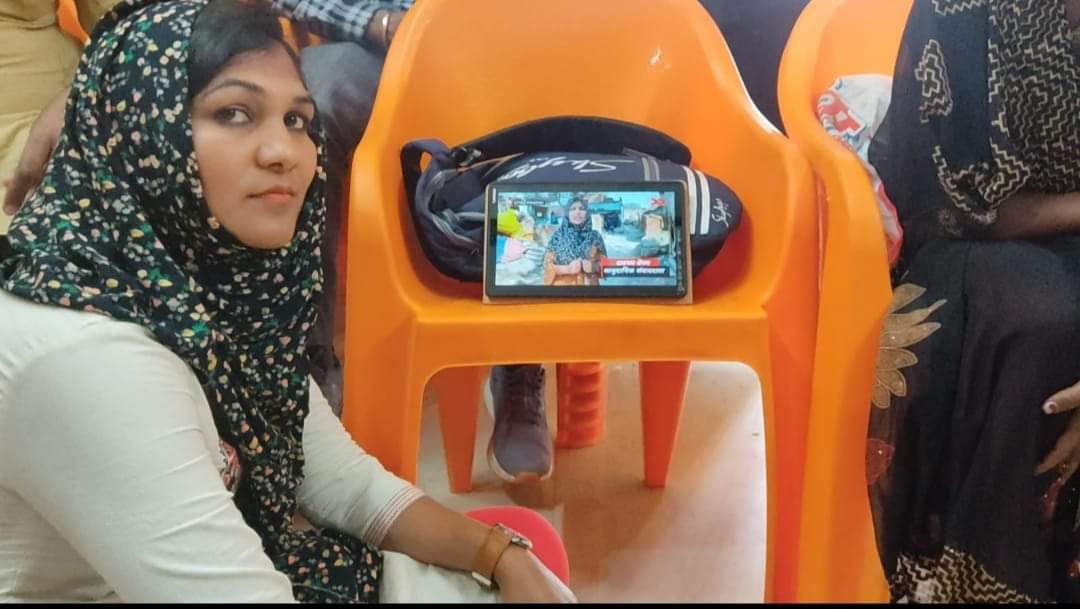
Not only videos and long documentary films produced by Begum’s and Pawar's, but also those created by many members of Video Volunteers, have made a significant impact on the ground and earned them several awards. Through one of her videos on “gender inequality in wages," Pawar inspired 600 female agricultural workers to demand equal pay as their male counterparts.
“After creating and sharing the video with the women, they not only expressed that they wanted the issue to be highlighted but also wanted solutions. We brainstormed different approaches, and the women ultimately decided to protest by boycotting work,” Rohini told Al-Jazeera Journalism Review. The women’s demands were met by their employers in just six days!
Another of Pawar’s videos focusing on HIV+ patients in her village gained traction and was later featured on mainstream news channels like NDTV. This coverage helped garner public support for the patients, leading to the establishment of self-help groups to aid in their treatment.
And the list of impactful videos continues.
“As we live in silos, these videos act like a repository of what it is like to be a poor, underprivileged person in this country,” Stalin said, adding, “With over 18,000 videos, our goal is to leverage technology to analyse them, discern rural trends, and digitally document community experiences, which could help plug the rural data gap. And this community-generated database could be utilised while creating policies as the data is collected from the source of the problem.”
Mohammed Reyaz, an academic and media researcher based in Kolkata, the capital city of West Bengal, believes that the proliferation of several hyperlocal media projects in the past decade has indeed tried to fill the information gap and helped in archiving rural stories.
“Though there is scope for more such spaces, what we generally lack is a sustainable model to support such initiatives, as they do not attract a viable pool of sponsors and investments. This poses a risk to the long–term viability of such community projects,” Reyaz told Al-Jazeera Journalism Review.
While the video creators at Video Volunteers receive compensation ranging from Rs 1,500 ($18) to Rs 3,500 ($41) per video, with a potential increase to Rs 5,000 ($60) if the video has a significant impact, both Pawar and Begum feel it is not enough for them to sustain their families. Nevertheless, for them and many other video creators, the importance of their voice transcends such monetary hurdles and obstacles.
“I realised long ago that this work is not financially lucrative. But I would still choose to do it,” Begum said. “I want a community that never has to rely on anybody to tell their stories.”
